Stories: On the Farm
Dr. Michele Reba - Jonesboro, AR, USA
Helping Cotton Producers Across the Mid-South Make Strides in Water Conservation
Dr. Michele Reba’s work with the USDA-ARS Delta Water Management Research Unit (DWMRU) involves constant interaction with growers in the Mid-South. Her research could affect generations-long farm practices in the region and push the needle on water management for cotton producers everywhere.
Reba is a research hydrologist who studies water use, on-farm reservoir management, and groundwater-surface interaction. She partners with top cotton producers throughout the Mid-South to discover innovations in water management and methods for recharging aquifers.
Background
Mid-South agriculture has depended on the Mississippi River Valley (MRVA) alluvial aquifer to irrigate its farms for more than 100 years. Though the region receives approximately 50 inches of rain per year, the rain often comes at times and in quantities that are not beneficial to growers. The aquifer is large, inexpensive and easy to access, so growers have tapped into it copiously to irrigate whenever they needed it. However, the aquifer has shown significant signs of decline since the 1980s, posing a threat to the economics of the entire region.
Research
Reba’s research approaches Mid-South agricultural water use from two directions.
- On-Farm Water Use: By deploying sensors in field drainage pipes, Dr. Reba’s team can take small samples whenever enough water runs through the pipe. These samples are analyzed in the laboratory to quantify excess nutrient loss and soil in runoff water. Reba also works with growers on irrigation planning that helps apply water more consistently throughout fields.

- Aquifer Recharge: Dr. Reba works with cotton farmers in the Mid-South, using infiltration galleries—a kind of large French drain—to experiment on ways to help bring water back into the aquifer. Attempts to recharge the MRVA aquifer using direct injections were cost prohibitive in the 1960s and 1980s because well screens clogged too quickly. Infiltration galleries introduce surface water into the aquifer near the surface and use the aquifer’s unsaturated material to filter the water, but clogging is still a challenge. Reba will use on-farm reservoirs as settling basins to test the amount of pretreatment surface water needs before being pumped through the infiltration galleries. A case study is underway that will test the utility of infiltration galleries this fall.

Results
Reba notes that efficient, smart water use is the most important water preservation activity for cotton producers. Some practices she recommends are:
- Using soil-moisture sensors rather than a preset schedule to determine irrigation timing
- Setting irrigation to a timer, so it turns off automatically
- Employing tools like Pipe Planner that help determine the size and location of holes in irrigation to make water dispersal homogonous
- Examining water management practices on a yearly basis to determine points for improvement
Reba’s work has found that statistically, the greatest soil and water loss comes in non-production seasons. She notes that incorporating cover crops or shallow water storage are established, practical ways to mitigate loss during these time periods.
Next Steps
Reba hopes to work with a broader range of producers across the Mid-South to gain a larger perspective on water use and make more positive impacts to a broader audience. Her work strives to help sustain or improve yield and quality while reducing the amount of resources leveraged. That, she says, not only contributes to farmers’ bottom line, but also helps them produce at a reduced environmental footprint.
Learn more about water stewardship in the U.S. and how Michele Reba supports cotton water management by exploring our full Q&A with her.

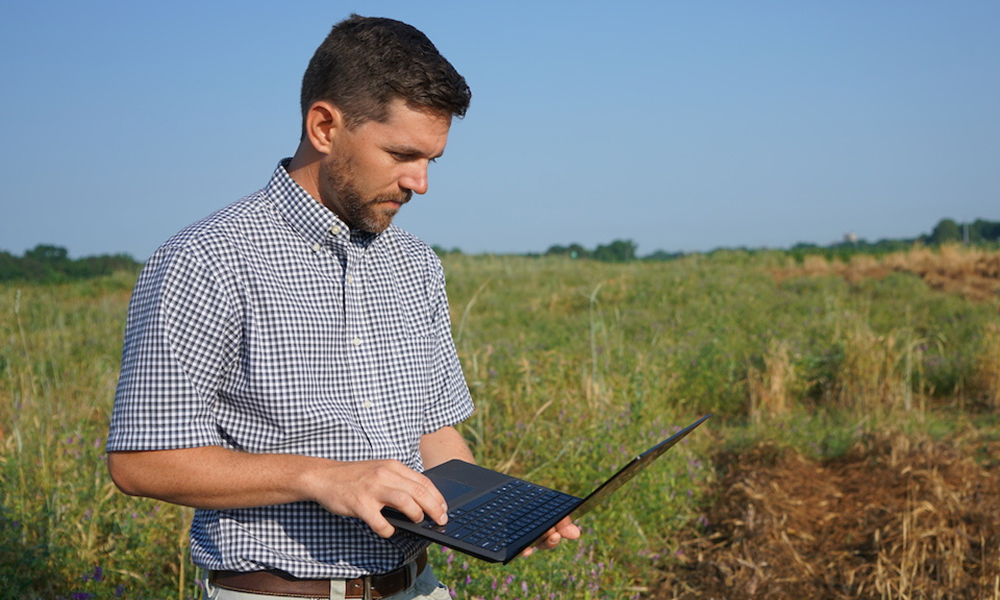
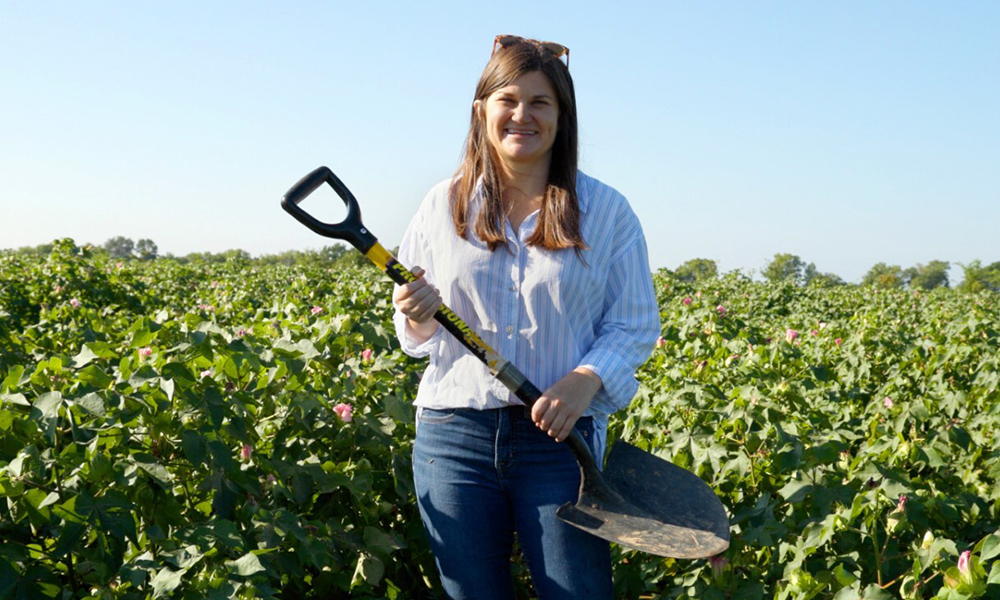
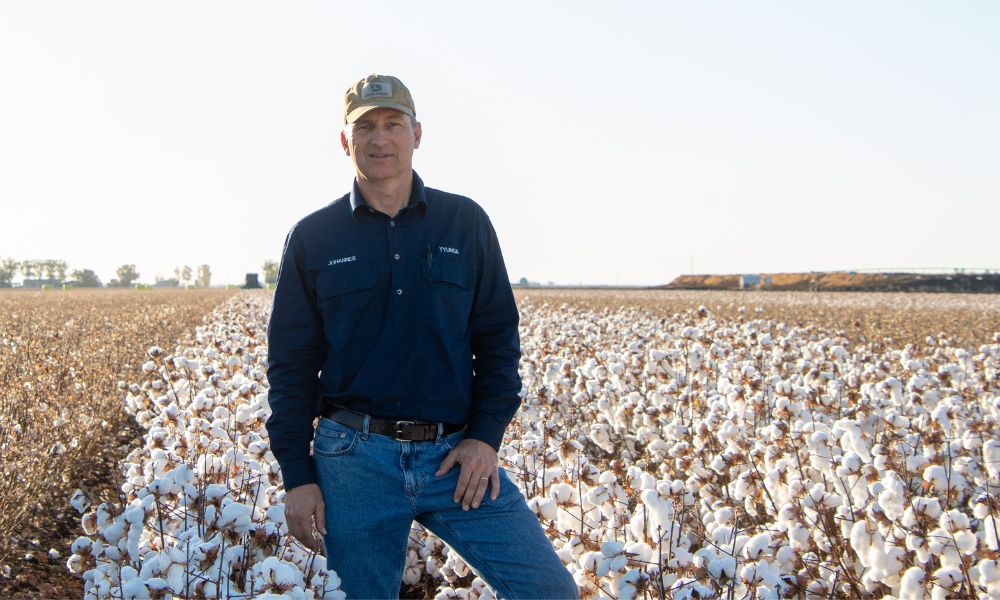
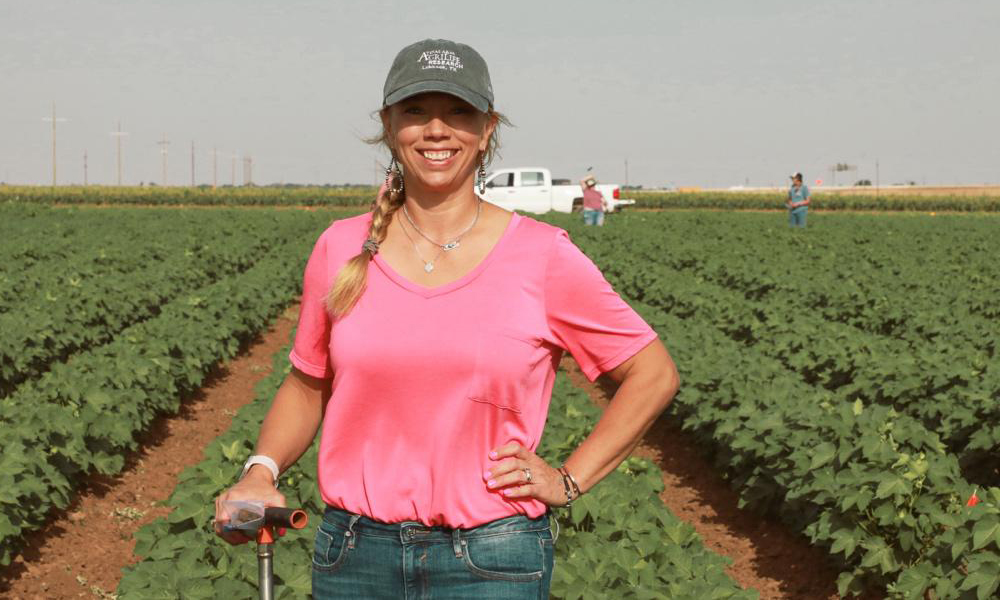


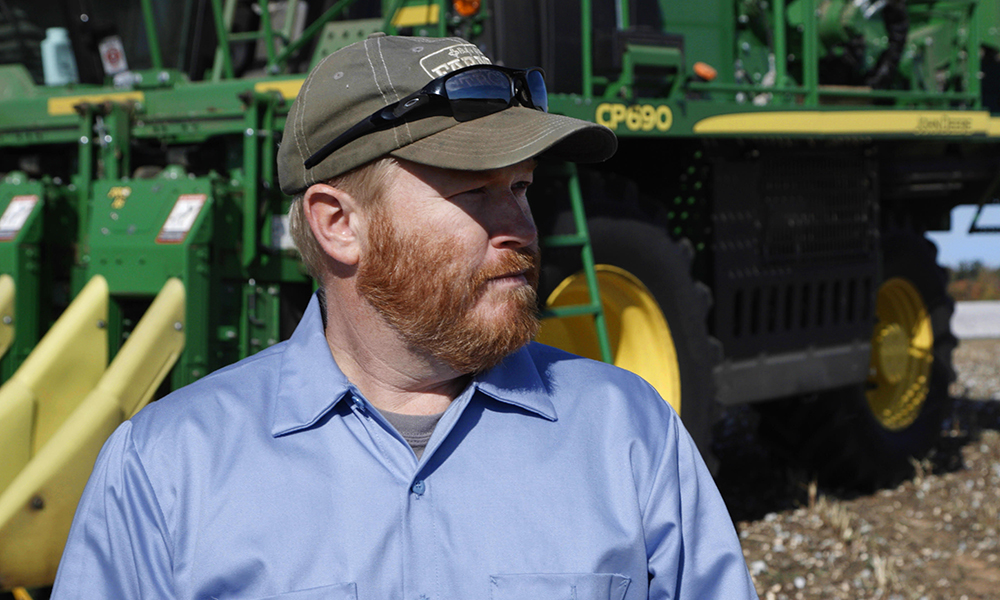
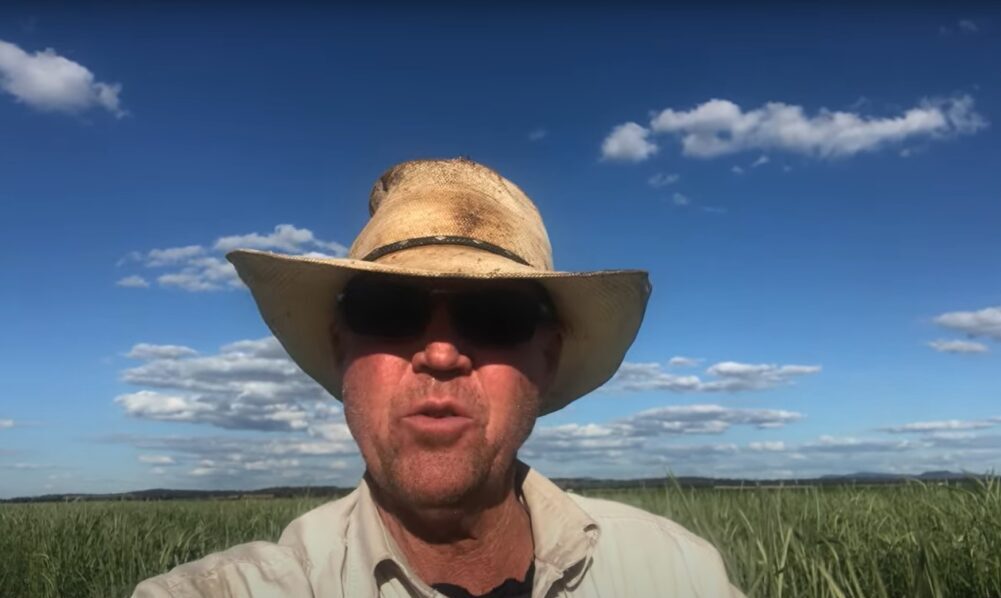
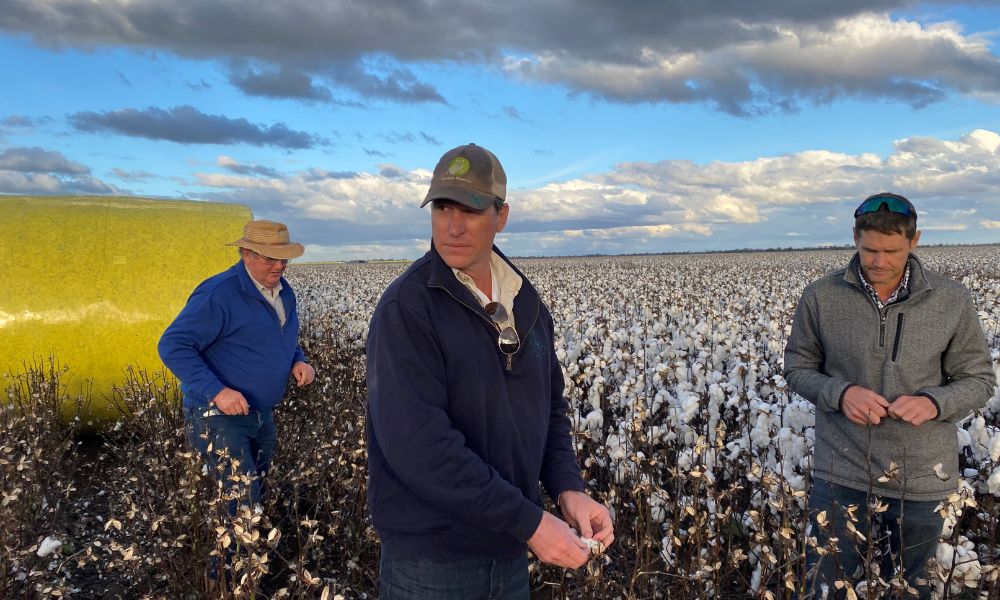

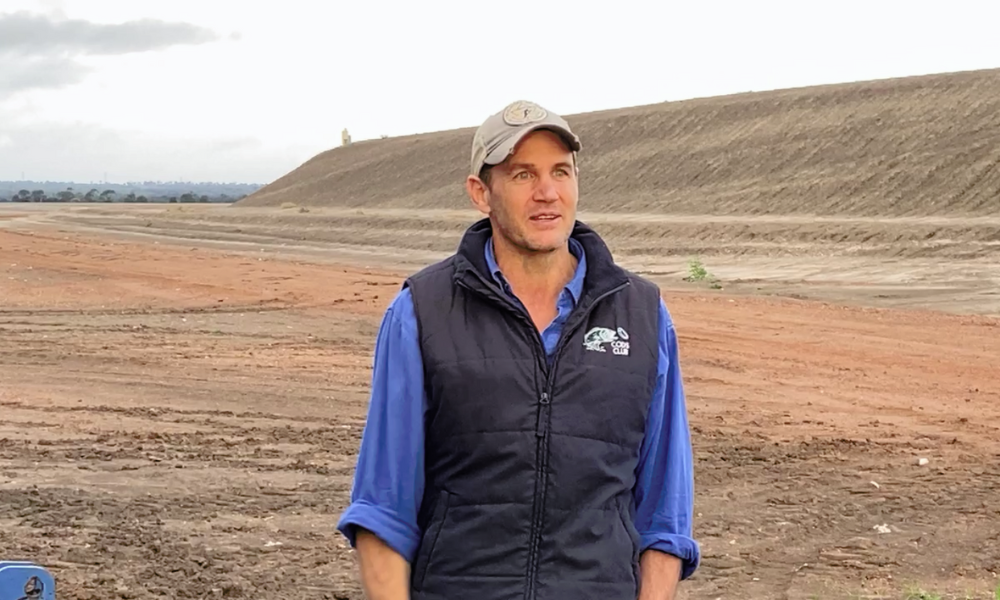
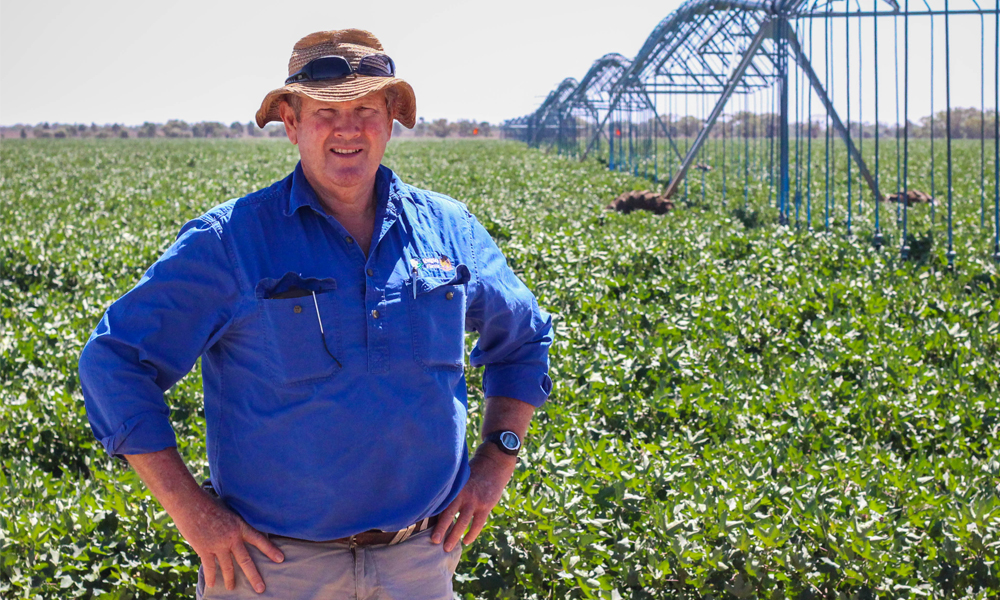

Recent Comments